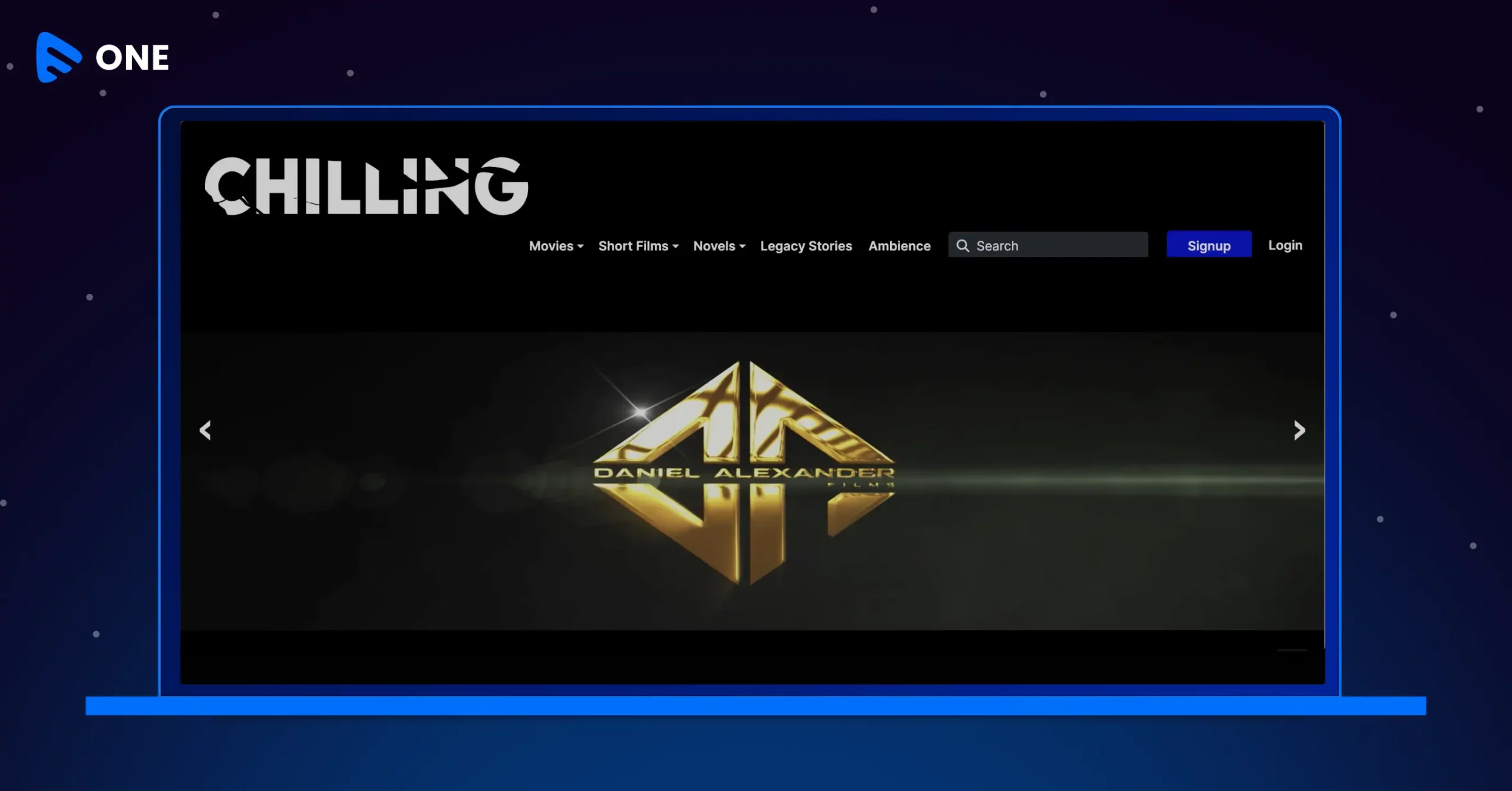If you are into the video production business, having to deal with a multitude of video content every day, storing, organizing, sharing, and monetizing your videos becomes a daily ordeal if not met by a robust video CMS. Needless to say, managing an ever-growing volume of media assets for all channels is a daunting challenge because businesses must transform each and every asset into the correct format for delivery in context resulting in the creation of video content management systems. In the next few minutes, we will walk you through the definition, benefits, and features of an effective video CMS.
What is a Video Content Management System
Video content management is a process that helps organizations store, organize, distribute, and monetize videos in a way that is streamlined and effortless. Video content management can be done with the help of software solutions which are known as video content management systems, or simply video CMS.
In simple terms, A video CMS allows users to build a scalable video ecosystem without any technical/programming knowledge. Video CMSs are used for both public or private-facing videos, like ads and tutorials, or training and internal messaging.
What is a Video CMS Used for?
A typical video CMS is used for mainly storing and organizing video content and all other forms of associated content which includes images, descriptions, meta content, tags, keywords, but the features can also extend to hosting, streaming, and monetization.
A Video CMS can be used by organizations for:
- Storage: bulk upload of data, indexing, searching, keywords, etc.
- Content organization- organization of uploaded data into Video Categories and sub-categories, Video Metadata like Title, description, tags, etc.
- Monetization: TVOD, subscription, video-on-demand (SVOD) or ads-based video-on-demand (AVOD), etc.

Features of a Video Content Management System
A good video content management system consists of skill-enhancing features. However, it differs from organization to organization depending upon business requirements, the complexity of the organization, and business objectives.
For example, for some companies, storing and organizing videos may be the only objective while some clients may seek a solution that has features such as publishing, distributing, and monetizing videos as well. An enterprise-grade video CMS allows you to accommodate all the standard features at par with industry standards, features that are non-negotiable. The features of an effective video CMS include:
- Bulk Upload– Bulk upload is a must-have feature for any video CMS referring to the ability to upload multiple videos at one time without hampering user experience. In bulk upload feature, along with the uploading the video, the video CMS should be able to provide video title, SEO-friendly URL, tags, meta description, etc.
- Video management and categorization– It is paramount for OTT platforms to structure their videos so that audiences can discover their desired content at ease. Let’s take a look at the video management categories:
- Categories and subcategories: By using this feature you can group all your videos on one particular topic together, for example, and then further group those videos into more niche subcategories.
- Tagging: This is also an essential feature in a video CMS that enables your videos to be searchable by viewers who are interested in taking a glance at all the videos on one subject.
- Playlists: Too much content is often difficult to sort through. With a playlist feature in your video CMS software, users can create automatic playlists of videos based on certain metrics like specific keyword, giving them an auto-generated group of videos
- Adaptive bitrate player and cloud transcoding– A professional video CMS has built-in features that can automatically convert uploaded video files into any number of formats, allowing better video performance on multiple devices. This happens due to cloud transcoding and an adaptive bitrate player sending the most optimal rendition based on the user’s internet speed.
- Metadata management– Video metadata consists of the title, description, tags, subtitles, etc which is also optimized by a video CMS as it provides for a much-needed context for video content, making it easier for people to discover relevant content.
- FTP upload– FTP, also known as File Transfer Protocol uploading ensures fast and secure video uploading through the use of a client.
- Video monetization– When selecting a video CMS software that includes monetization features, make sure the software has multiple monetization options.
- Pay-per-view (TVOD) is a monetization model that enables you to charge your viewer for every piece of content.
- Subscription (SVOD) support allows your subscribers to pay a recurring fee (typically monthly or annually) to access your content. Streaming solutions such as Netflix, Disney+, and Hulu are examples of a subscription monetization model.
- Advertising is a monetization model that allows you to integrate advertising into your content and receive the necessary compensation for placing the ads. Example- YouTube advertising.
Why Should I use a Video Content Management System?
However, organizations that rely heavily on video for both external and internal communications should consider incorporating an online video content management system for their advantages over a non-specialized system. Here are the main benefits of using a video CMS:
Dedicated Storage Space for Large Files
While a typical JPEG image is around 15 kilobytes, even an encoded video around five minutes long uses up at least one thousand times more space. And if you are a content creator having to deal with high-quality videos, storing and managing videos in bulk becomes an imperative function that can only be handled by a professional video CMS solution.
Video CMSs are designed specifically for hassle-free uploading, storage, and delivery of large video files.
Lag-Free Streaming
Storing your videos on a regular CMS doesn’t guarantee seamless playback across multiple devices. If you are into the video streaming business, you know how important it is to deliver high-quality, lag-free videos to your customers, irrespective of the fact whether they are consuming video on their mobiles or laptop. To solve this, video CMSs automatically transcode or converts the video file to the best format for the device, optimizing the streaming experience for your viewers.
Video Security
Hosting videos on public platforms like YouTube can be good for marketing but not for the security of your videos that can easily get hacked on public free video hosting platforms. On the other hand, if you are dealing with original and exclusive video content, you should invest in a professional video CMS as they work well for both private content like training videos, informational videos, and public videos dealing with entertainment, fitness, beauty, health, etc.
A professional-grade video CMS will also enable secure viewing of videos by enabling features such as DRM, video encryption, access control, etc to prevent unauthorized access to your video streams.
Wrapping Up,
For organizations looking to scale and monetize videos, a professional-grade video CMS is a right option for you. Having the right tools to help you store, organize, and monetize the content you create is essential as opposed to relying on free public platforms like YouTube.
Are you ready to get started with the best video CMS software for businesses? Try Muvi Flex by taking a 14-Day Free trial, now!














Add your comment